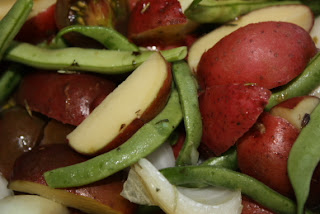Today’s featured plant is Common Mullein, Verbascum thapsus.
Common Mullein is also known as Great Mullein, Aaron’s Rod, candlewick plant, flannel plant, flannel leaf, lungwort, feltwort, cowboy toilet paper, shepherd’s staff, velvet dock, woolly mullein, torch plant, torches, miner’s candle, big taper, blanket mullein, “Hig candlewick”, “Bullicks lungwort”, “Hare’s-beard”, “Ice-leaf”.”Beggar’s blanket”, “Moses’ blanket”, “Poor Man’s blanket”, “Our Lady’s blanket” or “Old Man’s Blanket”.
(There are more names, but this list is getting pretty long already. Do you get the impression this thing is pretty widespread?)
Range and Identification of Common Mullein
Common mullein is native to Europe, but it is now found on every continent except Antarctica. (As I said, it gets around…) The USDA Natural Resources Conservation Service provides a range map, but it’s really found pretty much everywhere in the U.S..
The plant is known as a colonizer of open disturbed soils. The Wisconsin DNR lists it as an invasive, but they have an awful lot of plants listed as invasive. Okay – non-native – still, it’s been around so long, does it really matter at this point? They do say it can be invasive in the plant detail page, but I haven’t found that to be the case in my area. It prefers dry, sandy soils, but can grow (really HUGE) in rich garden soil, and even grow in marginal soils such as chalk and limestone. It can be found in neglected meadows, forest openings, pastures, fence rows, roadsides, and industrial areas. (WI DNR)
Plant height is 2-6′ (60-180 cm) (the happy monsters in my garden last year were pushing seven feet). The leaves are large, oval and fuzzy. As you can see in the photo below, a large happy specimen in my garden has leaves larger than my shoe, which is a size twelve. Leaves are 12-15 inches long (or longer) and covered with velvety hairs. When the flower stalk emerges, leaves cling directly to the stalk – there are no side branches.
FOR THE REST OF THE STORY GO TO





